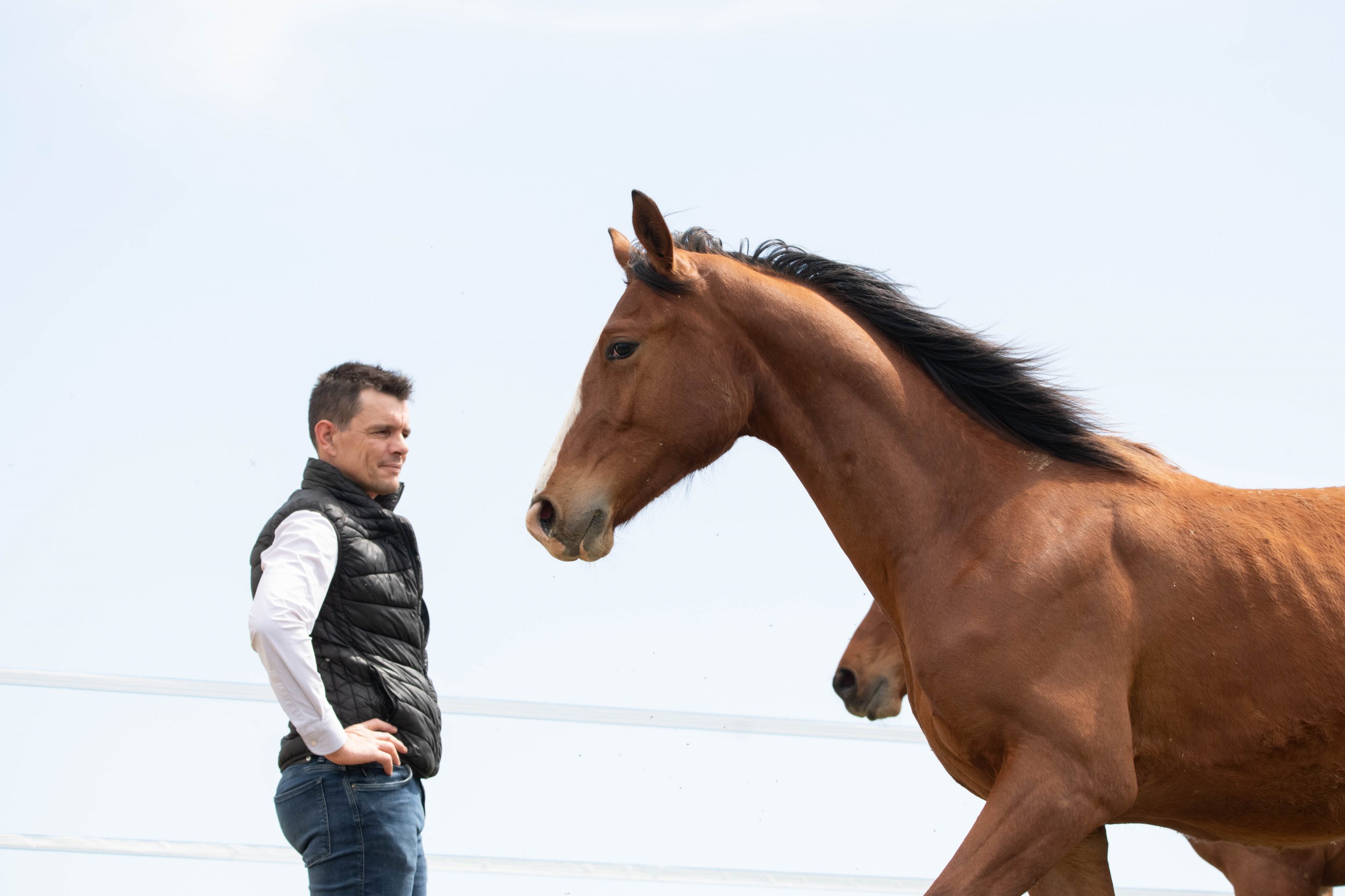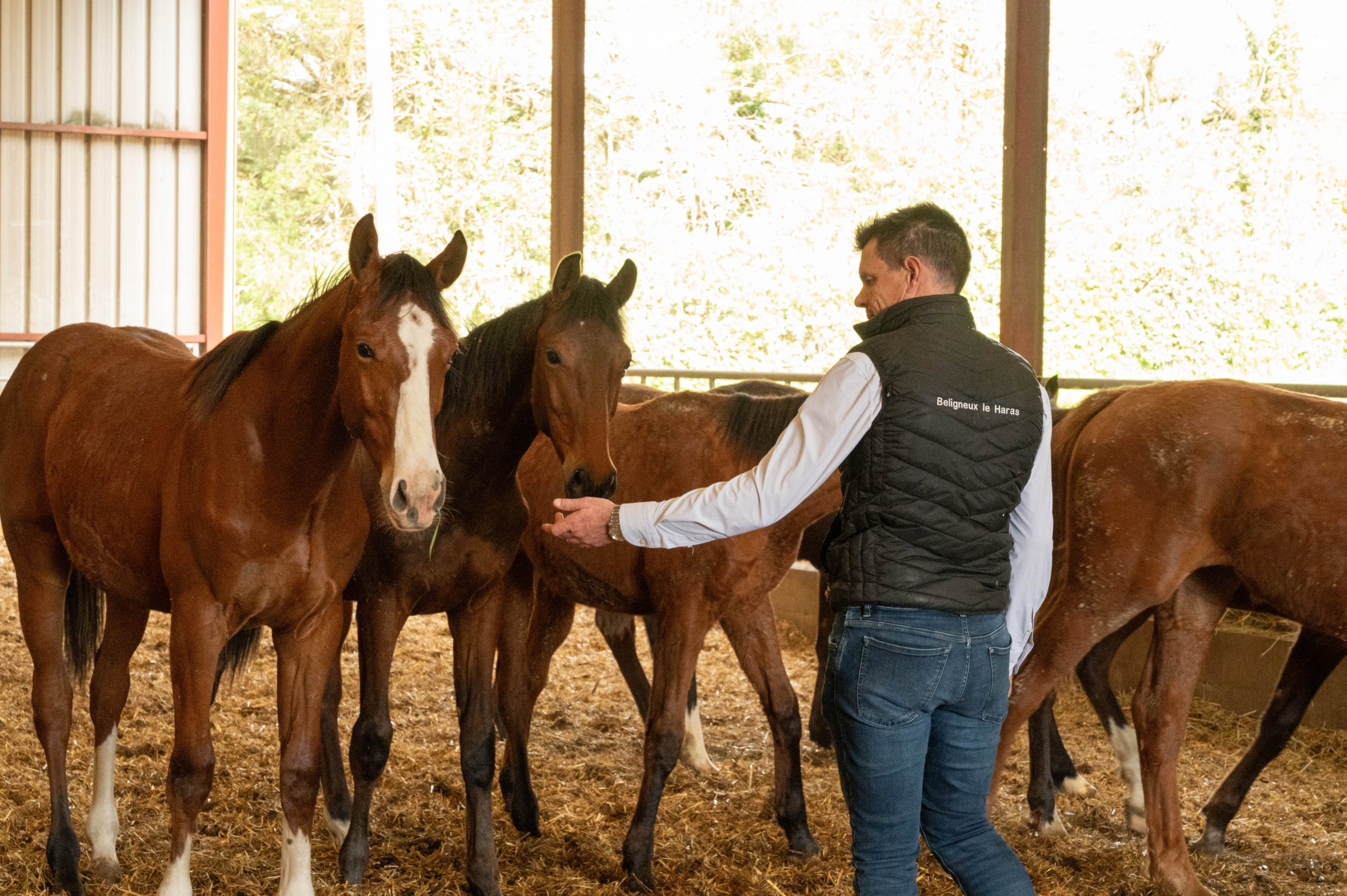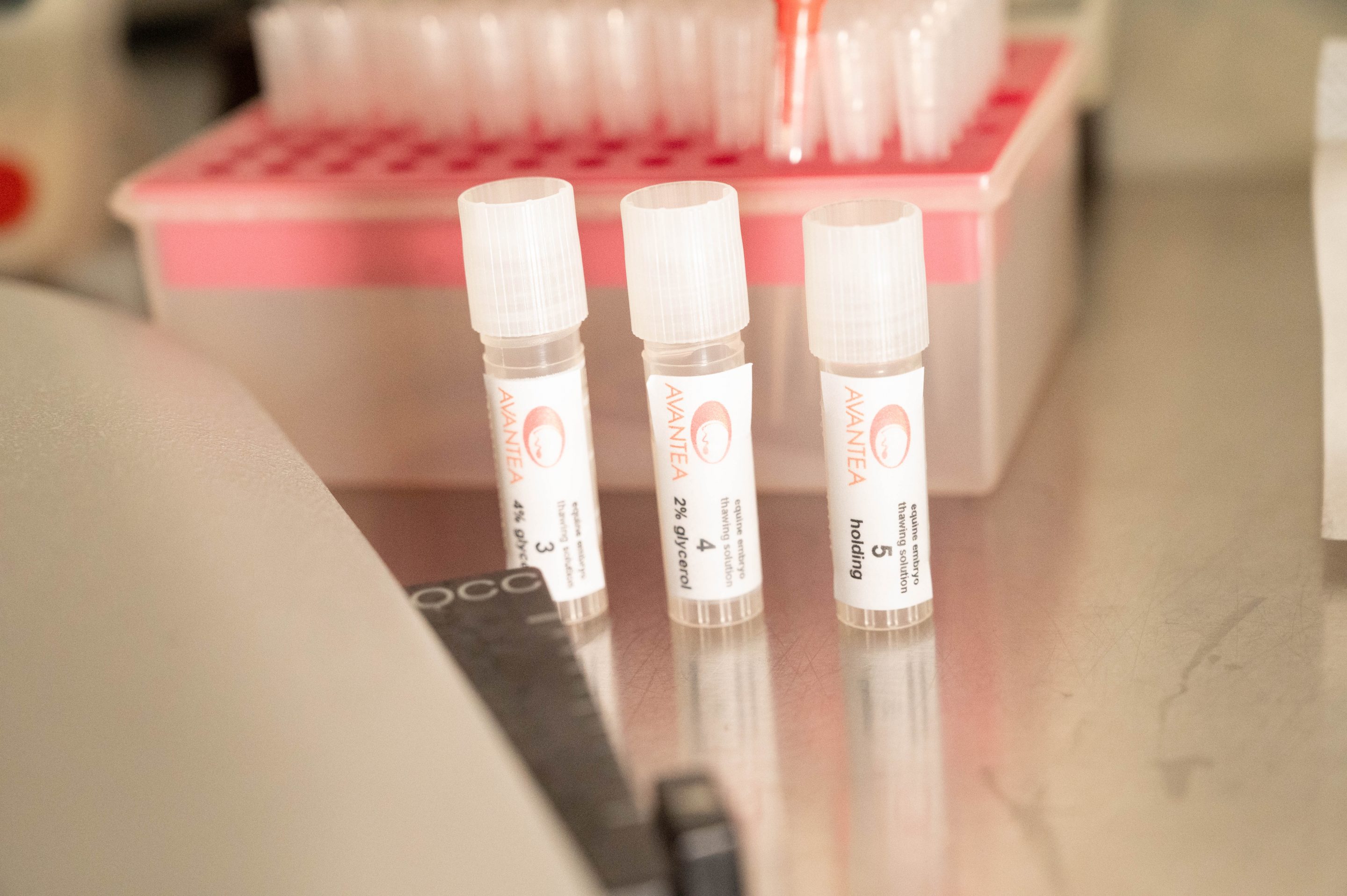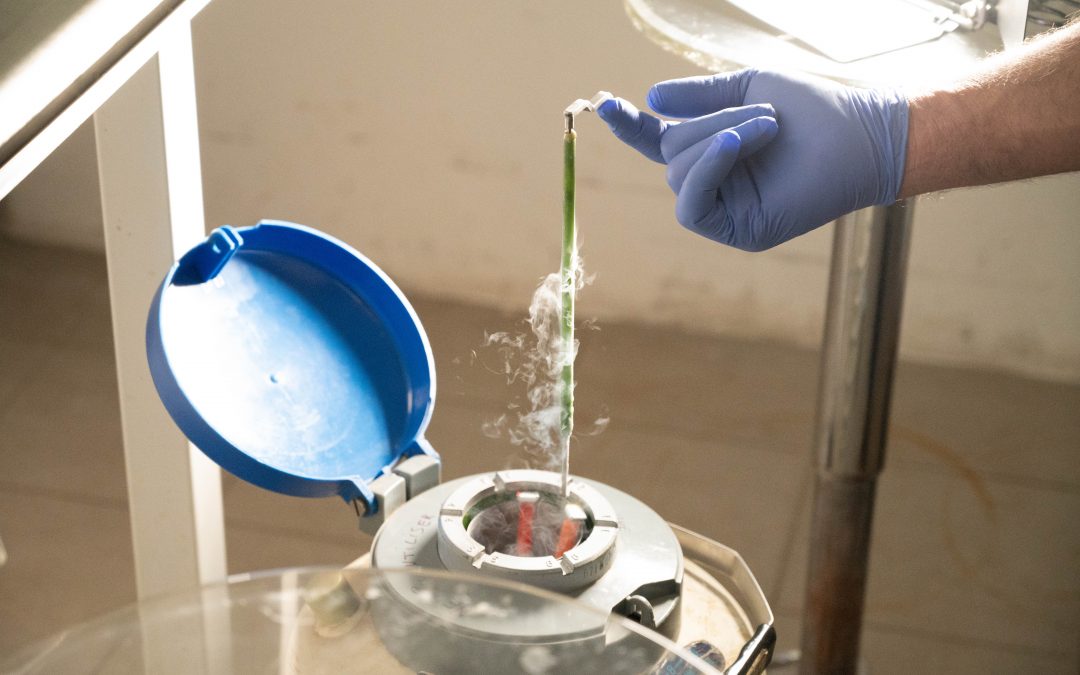ICSI should not be considered a dubious technique

In response to the article recently published by one of our competitors, we would like to clarify several key points that have either been misinterpreted, or deliberately ignored, concerning oocyte puncture and ICSI. There’s every reason to believe that this modern breeding technique is primarily a threat to their commercial development and to maintaining high stud fees and payment conditions that they control and that are favorable to them.
Of course, disguising preconceived ideas in the form of doubts is very clever, and many of their customers will lend an attentive ear to an almost populist discourse, but we encourage people with legitimate questions to let us know.
While we are also commercial players involved in the technical side of things, we have to our credit real technical experience, a commitment to animal welfare and a scientific knowledge superior to that of the writers of this article. We therefore encourage those who read this article to give little credit to :


⛔
Economic factors
Firstly, the article relies on outdated data, dating back more than nine years, to minimize the economic impact of ICSI on breeders in the field of embryo production. This approach ignores recent scientific and technological advances that have significantly improved the yields and profitability of this technique.
In 2023-24 the rate of embryos frozen by ICSI was 2.5 . At implantation, 75% of embryos led to a confirmed gestation at 45 days, plus 5% abortion: iCSI leads to 1.6 foals per ICSI compared with embryo transfer with normal semen (50% fertility per cycle): 0.35 foals per embryo transfer. No doubt about the benefits of ICSI
⛔
Natural selection
Secondly, the claim that ICSI ignores the principles of spermatogenesis and fertilization by advocating the powerful natural selection of a “fertilizing genotype” within the genital tract is scientific nonsense. In fact, ICSI makes it possible to circumvent various reproductive obstacles, including those linked to defective sperm mobility. It’s very seductive to believe that it’s the fertilizing spermatozoon that wins a “race” to be the best individual, but this is not the case: the half genetic heritage carried by the spermatozoon is absolutely unrelated to its mobility. In other words, a “weak” genetic make-up may well be carried by a fast spermatozoon, so the same random process prevails in ICSI as in the natural environment.
This doubt was expressed in 1994 by the national ethics committee on ART. Since then, this very anthorpomorphic doubt has been removed and several hundred thousand children are born every year by ICSI.
⛔
Regulatory authorities
Thirdly, it is incorrect to suggest a lack of regulation or monitoring of ICSI practices. Our centers are regularly inspected and certified by the Direction Départementale de Protection des Populations, ensuring strict compliance with health and animal welfare standards, and of course all gamete transport (oocytes and sperm).
Commission Delegated Regulation (EU) 2020/692
This delegated regulation supplements the Animal Health Regulation and specifies the rules for the movement and trade of breeding animals within the EU. It includes specific provisions for the transport and transfer of equine embryos, biosecurity requirements and animal health standards that centers must meet.
⛔
Mare demography
Fourthly, the article alters the facts about the demographic composition of mares used for ICSI, suggesting a regression in genetic progress. However, the average age of mares undergoing ICSI is comparable, to within a few months, to that of mares undergoing artificial insemination, so there’s no reason to jump to conclusions about genetic deterioration. The loss of genetic diversity can be attributed more to insemination, when stallions cover 800 mares.
At the Châtenay center, the average age of the mare population during the 2023 classic breeding season (AI) and the 2023-24 off-season (ICSI) was 12 vs. 13 years for an opulation of 220 mares vs. 120.
⛔
The health of ICSI foals
Fifth, allegations of increased risk of chromosomal abnormalities with ICSI are not supported by any verifiable scientific source. It is important to note that, in men, the risks of malformations associated with ICSI are due to the increased rate of twin gestations (leading to more malformations, 4%), which often result from the transplantation of several embryos in women with reduced fertility, which is not comparable with our practices where each transfer is made with a single embryo.
Epigenetic Risks of Medically Assisted Reproduction (Romualdo Sciorio1,* and Nady El Hajj2)
Body composition in children and adolescents born after in vitro fertilization or spontaneous conception (Manon Ceelen 1, Mirjam M van Weissenbruch, Jan C Roos, Jan P W Vermeiden, Flora E van Leeuwen, Henriette A Delemarre-van de Waal)
Assisted reproductive technology surveillance–United States, 2002
Victoria Clay Wright, Laura A Schieve, Meredith A Reynolds, Gary Jeng; Division of Reproductive Health, National Center for Chronic Disease Prevention and Health Promotion, Centers for Disease Control and Prevention (CDC)
⛔Administration
Sixthly, the author suggests that there is no way of identifying horses born of ICSI, without knowing that to declare a foal born of ICSI, the owner must provide a certificate of production and implantation of the embryo. Although this veterinary data is not available to our competitor, it is recorded and monitored by the IFCE.
⛔
Respect for property
Finally, we note with concern our competitor’s proposal to make the number of embryos produced by ICSI declarative. We would like to remind you that the ownership and management of embryos is the unalterable right of every equine owner. Owners have the freedom to decide whether or not to disclose information about their genetic heritage, a freedom that respects confidentiality and individual commercial interests.
Let’s point out an inconsistency in our competitor’s request. While ICSI can indeed allow the production of several embryos per session, typically 2.5 per session, there is no similar requirement regarding the number of foals a mare can produce via artificial insemination during her lifetime. This difference in treatment raises questions of fairness and respect for established practices in the horse breeding sector.
We firmly defend the principle that breeding practices, including the use of ICSI, must remain under the control of equine owners, without external interference that could compromise breeders’ autonomy and interests. We encourage an approach that respects not only technological advances but also the rights and responsibilities of owners.
We encourage a rigorous and informed evaluation of ICSI, based on current and verifiable scientific data. As players committed to the dissemination of advanced reproductive techniques, we remain dedicated to transparency, scientific excellence and animal welfare.”
Sébastien NEYRAT
